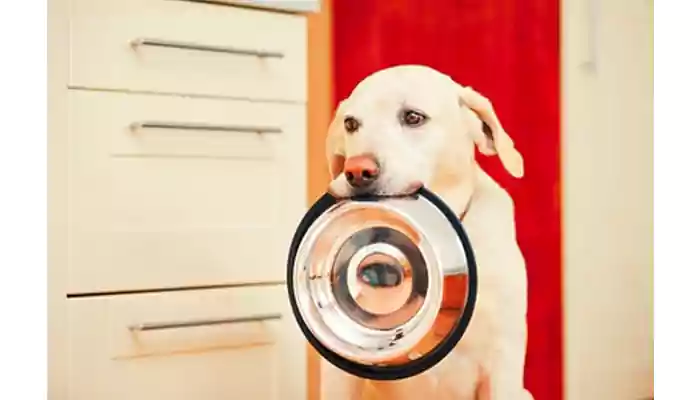What is Positive Reinforcement?
Positive reinforcement is based on the simple principle of rewarding desired behaviour. When a dog exhibits a behaviour you like, you immediately reward them, increasing the chances of the behaviour recurring.
How does it work? Imagine you’re teaching your dog to sit. Each time your dog sits on command, you give them a treat or verbal praise. Soon, the dog associates sitting on command with receiving a reward and is more likely to repeat the behaviour.
The Science Behind Positive Reinforcement
Dogs, like humans, have brains wired to respond to rewards. When they receive a treat or praise, their brain releases dopamine, a neurotransmitter associated with pleasure and reward. Over time, as this behaviour-reward cycle repeats, neural pathways strengthen, making it easier for the dog to recall and repeat the desired behaviour.
Interestingly, numerous studies have shown that animals trained with positive reinforcement methods learn tasks more quickly and retain them longer. They also tend to be more enthusiastic and engaged in the learning process.
Building a Stronger Bond with Your Dog
Positive reinforcement doesn’t just train your dog; it strengthens your relationship. Here’s how:
Trust Development – Using positive methods ensures that your dog sees you as a source of good things. They learn to trust that following your lead results in positive outcomes.
Communication – Positive reinforcement requires clear, consistent communication. By using this method, you’re effectively “speaking” your dog’s language, fostering understanding and mutual respect.
Reduces Fear – Traditional training methods often rely on punishment, which can create fear and anxiety. Positive reinforcement, on the other hand, eliminates fear from the equation, ensuring a happy and confident dog.





















